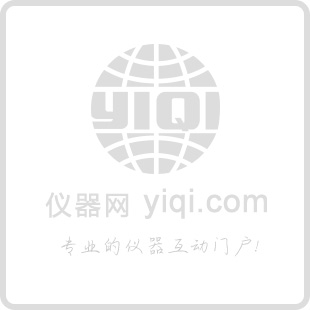 Recombinant Human Proinsulin C-Peptide Analogue,重组人Proinsulin C-Peptide Analogue蛋白
Recombinant Human Proinsulin C-Peptide Analogue,重组人Proinsulin C-Peptide Analogue蛋白
 Recombinant Human Proinsulin C-Peptide Analogue (rHuProinsulin C-Peptide Analogue)
Recombinant Human Proinsulin C-Peptide Analogue (rHuProinsulin C-Peptide Analogue)
 Recombinant Human Proinsulin C-Peptide Analogue
Recombinant Human Proinsulin C-Peptide Analogue
 Recombinant Human Proinsulin C-Peptide Analogue
Recombinant Human Proinsulin C-Peptide Analogue
 Recombinant Human Proinsulin C-Peptide Analogue
Recombinant Human Proinsulin C-Peptide Analogue
 Recombinant Human Proinsulin C-Peptide Analogue
Recombinant Human Proinsulin C-Peptide Analogue
 Recombinant Human Proinsulin C-Peptide Analogue Protein
Recombinant Human Proinsulin C-Peptide Analogue Protein
 Recombinant Human Proinsulin C-Peptide Analogue
Recombinant Human Proinsulin C-Peptide Analogue
 Recombinant Human Proinsulin C-Peptide Analogue
Recombinant Human Proinsulin C-Peptide Analogue
 Recombinant Human Proinsulin C-Peptide Analogue
Recombinant Human Proinsulin C-Peptide Analogue
 Recombinant Human Proinsulin C-Peptide Analogue
Recombinant Human Proinsulin C-Peptide Analogue
 Recombinant Human Proinsulin C-Peptide Analogue
Recombinant Human Proinsulin C-Peptide Analogue
本产品信息由(上海联迈生物工程有限公司)为您提供,内容包括(Recombinant Human Proinsulin C-Peptide Analogue)的品牌、型号、技术参数、详细介绍等;如果您想了解更多关于(Recombinant Human Proinsulin C-Peptide Analogue)的信息,请直接联系供应商,给供应商留言。若当前页面内容侵犯到您的权益,请及时告知我们,我们将马上修改或删除。